How to use video to enhance media relations strategies
Interview with Joice Niskier, actress, director and specialist in communication training for leaders
The truth is out! Before accepting an interview offer from a pitch, journalists google your spokespeople, find previous interviews, presentations or podcasts, and form opinions about them. Therefore, helping spokespeople look and sound good on video or audio is now part of every PR person’s responsibilities.
A partner of SmartPR for around 20 years, Joice Niskier is an actress, theater director and communications consultant specialized in transforming performance in different forms of exposure. In addition to technical issues of breathing and posture, her in-depth work aims at understanding each person's essence, fears, insecurities and what can bring lightness and spontaneity to each recording.
In an interview with the Smart Blog, she warns that it is important that spokespeople understand that they're actors, nor journalists, that is, we don’t expect them to be familiar with a camera or even a microphone.
=
As obvious as it may seem, it is important to make this distinction. “We have to be careful not to create too much pressure and expectations. Nobody wants to become a TV anchor”, says Joice.
Making this clear from the beginning of the process can bring good results at the time of recording. “Putting things in perspective makes everything more enjoyable. This way, we create the right for people to feel comfortable,” she adds.
6 tips from Joice Niskier on how to guide spokespersons when recording videos
- Develop a script: no matter how well the person knows the topic, talking about it without a script is risky and can lead to excessive editing work. The script must be very detailed and rehearsed so that the professional takes ownership of the content.
- Choose a safe and calm environment: the quality of the result has everything to do with the environment created to give the spokesperson peace of mind.
- Respect the individuality of each spokesperson: everyone feels comfortable in a different way in front of the video (sitting or standing, with or without a teleprompter, with or without topics on a large piece of paper next to the camera, etc.)
- Show the spokesperson how the frame is, how he or she appears in the video, what's behind it, what their hair looks like, clothes, and smile. The more elements you provide, the more confident you will be when recording. “The person must feel like they own the scene and dominate the situation, so they can do their best”, points out Joice.
- Be delicate when correcting: if the spokesperson makes a small mistake, be sensitive, help the spokesperson feel comfortable.
- Rehearse for good surprises: recording rehearsals is a good practice that can bear fruit. In some cases, “beginner's luck” can mean that, even in the first rehearsals, the recording is perfect.
It has never been easier to produce videos and post them on social media. All you need is a cell phone, press "rec" and start recording. But, to build the image of spokespeople, it is worth having a long-term strategy, which includes training.
Want to learn more about how we turn spokespeople into relevant sources?
Talk to us!








